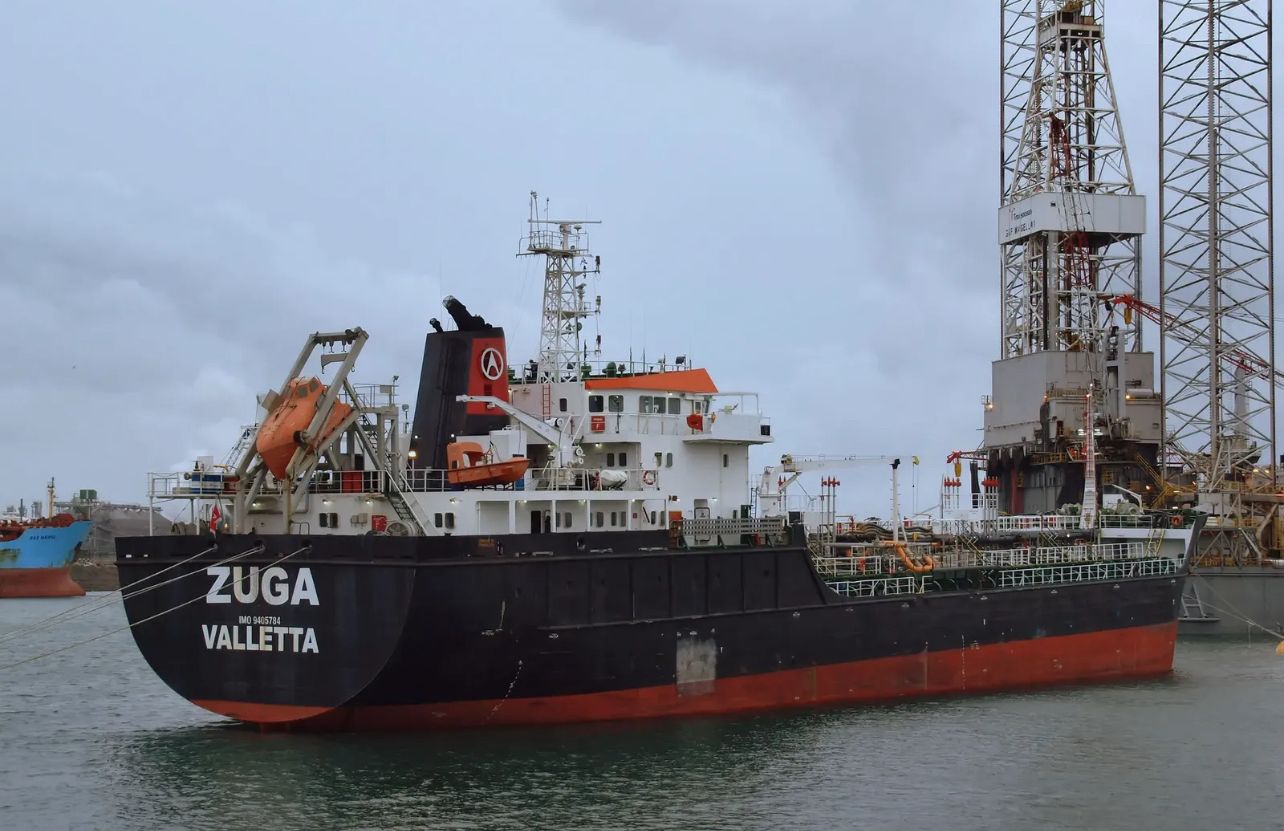Powerline Precision: Vulkan Coupling Replacement on the Zuga Valletta
Mechanical Overhaul and Propulsion Alignment in Marine Power Transmission Systems
Coupling replacements such as those carried out on the Zuga Valletta address a fundamental aspect of ship propulsion—the secure and flexible connection between the engine and the propeller shaft. Vulkan couplings are specifically designed to absorb vibration, handle misalignment, and maintain torque transmission under demanding marine conditions. Over time, these components can deteriorate due to thermal cycles, material fatigue, or excessive vibration, leading to reduced performance and the risk of mechanical failure. As suggested by the photos, the original coupling was likely removed after preliminary diagnostics revealed wear or imbalance, followed by precision cleaning and surface preparation of mating components. Installation of the new Vulkan coupling requires meticulous centering and torque calibration to align rotational axes and minimize eccentric loading, a task handled by marine mechanical engineers using dial indicators and laser alignment tools.
Beyond the coupling itself, this type of operation often necessitates the temporary disassembly of adjacent systems for clear access and mechanical control. These may include shaft bearings, intermediate flanges, and protective guards surrounding the propulsion shaftline. Each element is re-inspected during the replacement process to catch any secondary wear or misalignment issues. Vibration dampers or thrust bearings, which work in harmony with the coupling, may be either replaced or recalibrated depending on their condition. Once components are installed, a soft-start test run is typically performed to check for resonance, torque spikes, or heat buildup. Engineers monitor rotational balance through onboard sensors or handheld vibration analyzers, ensuring optimal performance under varying RPM conditions. Upon successful verification, coupling bolts are torqued to spec and secured using locking mechanisms to handle dynamic marine loads. This ensures reliable operation through full propulsion cycles while preventing downtime from avoidable mechanical faults.
The final stage of the operation focuses on documentation, operational clearance, and system tuning. Alignment certificates, torque charts, and inspection records are updated in the vessel’s mechanical logs to ensure compliance with flag state and class society requirements. Engineers may perform sea trial observations to assess propulsion behavior under load, validating both the installation and the performance boost. Any final adjustments—such as fine-tuning fuel injection or engine mounts—are made to harmonize engine behavior with the new coupling. Acoustic shielding may also be installed to suppress vibration noise, enhancing crew comfort and safety. Once verified, the vessel resumes normal operations with improved mechanical efficiency, reduced vibration stress, and a lower likelihood of fatigue-induced failures. This precision upgrade not only extends the service life of propulsion components but also contributes to overall fuel economy and operational reliability—key metrics in modern maritime logistics.


























